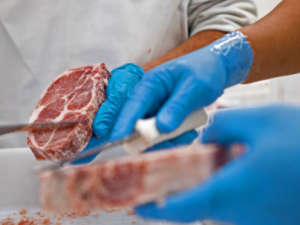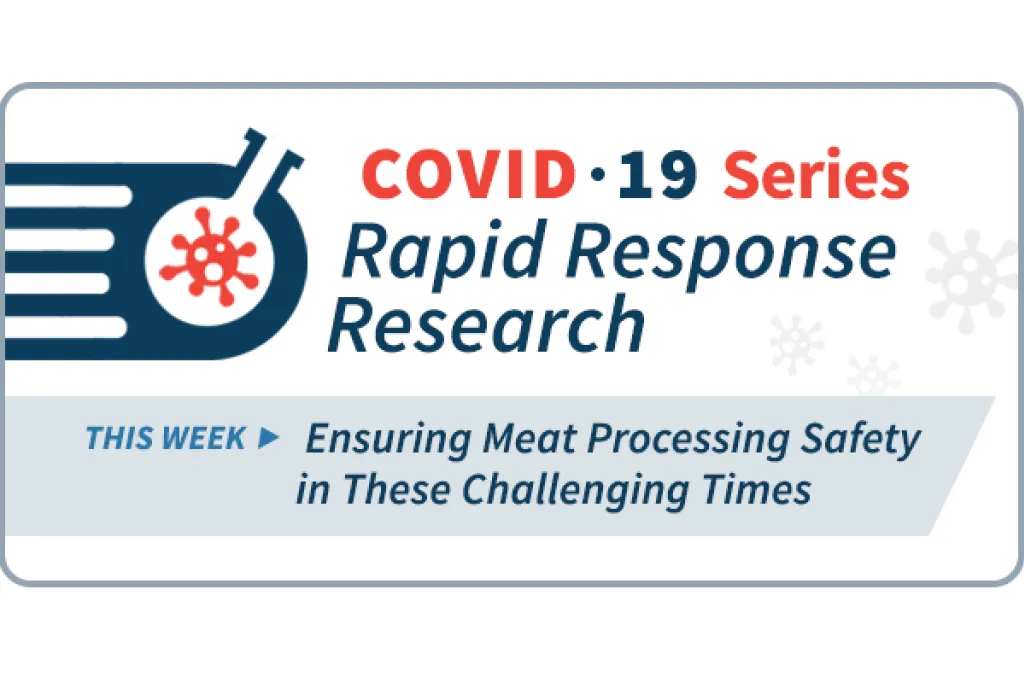With the rampant spread of COVID-19 among meat processing plant workers, the meat industry continues to face serious issues. The prevalence of the virus has led to meat processing- and packaging-plant closures. It has created bottlenecks everywhere in the chain, affecting farms to consumers, leading to much smaller production outputs and higher prices for everyone. What can be done to ensure the safety of meat during these challenging times?

The project is a collaboration among Texas A&M AgriLife Research; Texas A&M Veterinary Medical Diagnostic Laboratory; Texas A&M AgriLife Extension Service; the USDA-Agricultural Research Service’s U.S. Meat Animal Research Center, Nebraska; and University of Pennsylvania.
To date, most studies on deciphering the cause and transmission of SARS-CoV-2 in meat production have based their understanding on just one aspect of the meat processing chain. In contrast, this study looks at the whole picture, starting with the cattle and tracing it all the way to consumers. Better understanding the virus survival and transmission within our beef supply chain will lead to developing effective intervention strategies, and educating livestock producers, food handlers and consumers on safe food-handling practices.
This farm-to-plate model will investigate the susceptibility and transmission of SARS-CoV-2 in beef cattle; compare and characterize its impact on the different zones of meat processing and packaging plants; determine the survival of the virus on meat and packaging material during transportation and in retail conditions; and develop a mathematical model to predict the potential of food contamination based on experimental observations.
In addition to peer-reviewed research papers and white papers, the results of this research will be disseminated via fact sheets and short educational videos -- invaluable tools for educating frontline workers on the importance of adequate sanitation.
As the national need for an uninterrupted food production chain increases, it is vital we study the impact of SARS-CoV-2 in meat production to ensure the highest level of food safety for all.
COVID-19 SERIES: RAPID RESPONSE RESEARCH
- Investing in U.S. Food Supply Chain Resiliency (published 9 April 2021)
- Worker Safety and Dairy Operations (published 22 March 2021)
- Modeling and Training to Enhance Resilience of the U.S. Food System to COVID-19 Labor Shortages (published 10 March 2021)
- Ensuring Meat Processing Safety in These Challenging Times (published 1 March 2021)
- Keeping Food Safe from Farm to Table (published 3 February 2021)

